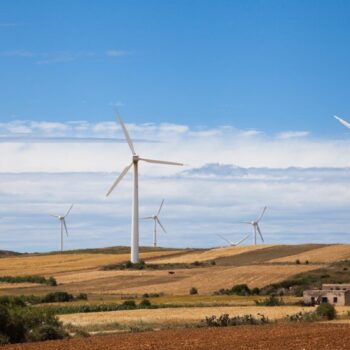The Asian Infrastructure Investment Bank, or AIIB to those of us fond of alphabet spaghetti is ‘the’ hot topic on international finance. At the outset it has ruffled feathers within the US administration and been somewhat of an opaque creation. And yet this bank has the potential to radically alter both international politics and the reality of financing infrastructure in emerging economies.
The Bank is both a direct response to the lack of progress inside the Bretton Woods Institutions in reforming their governance to reflect a changing balance of power as well as an acknowledgement of the overwhelming demand from many countries for much needed sources of infrastructure financing.
According to the latest reports, the Bank will be operational by the end of this year. No mean feat of engineering for an institution designed to engineer the future foundations of the global economy. With over 50 countries now signed up, mostly from Europe, Asia plus a sprinkling of Africa and Latin American’s it is truly a global Bank. The Bank will likely echo the “one belt, one road” policy China has been developing to finance predominately transport related infrastructure abroad. But it’s still not clear the exact types of investments it will support, Energy? Extractives? Agriculture? etc.
As China’s first foray into fashioning a multilateral institution, the Bank has been subject to fairly intense media oversight and it poses some reputational risks for China in the speed of its establishment as well as its decisions on what to fund. For many observers and founding members the priorities will be to ensure that social and environmental safeguards are embedded in the Bank’s operationsThis is good news, but is it enough?
Like any investments made over the course of the next 15 years, those of the AIIB’s will determine the future of the world’s climate system. Distinguished thought leaders from the New Climate Economy Commission have argued that modern economic management incorporates risk into its investment decisions. As China’s own domestic economic reforms begin to integrate more sophisticated risk assessments into their decision making, these could well be echoed in their new international financial institutions. But of course, it will not only be China and those supporting the Bank who could instigate such measures. Those countries receiving the funding should also demonstrate the investments they’re proposing are sound, resilient and sustainable. How the Bank encourages this will be a test of its credibility.
It’s been a long while since we’ve had such an opportunity to shape the future of financing for infrastructure alongside such fluctuating geopolitics. With the debate on the AIIB still very much open, and China listening keenly to those involved, the Bank could be at the forefront of a more mutual relationship between countries learning from the mistakes of the past and striving for a modern approach to economics, incorporating refined risk assessments into its endeavours.


